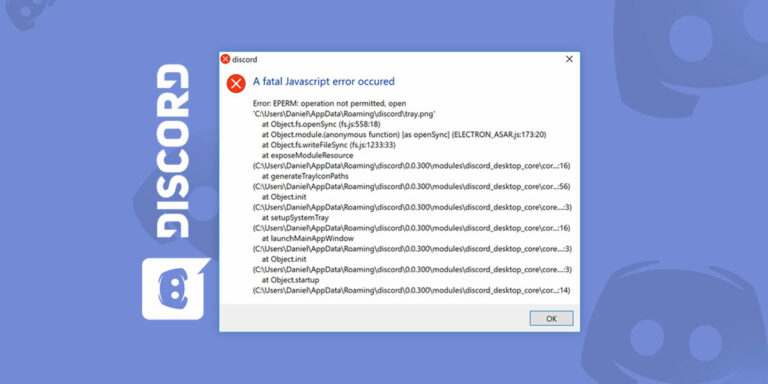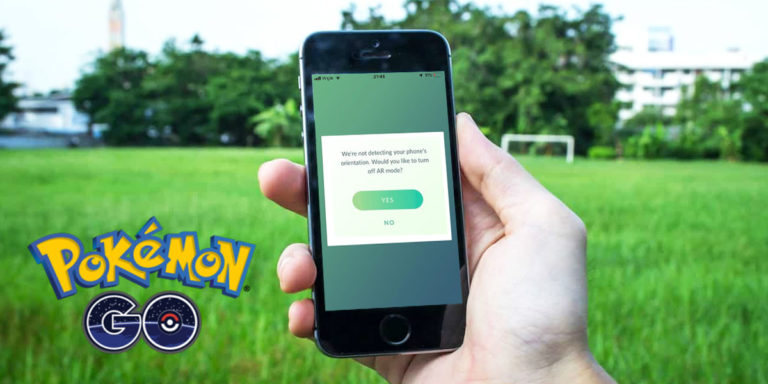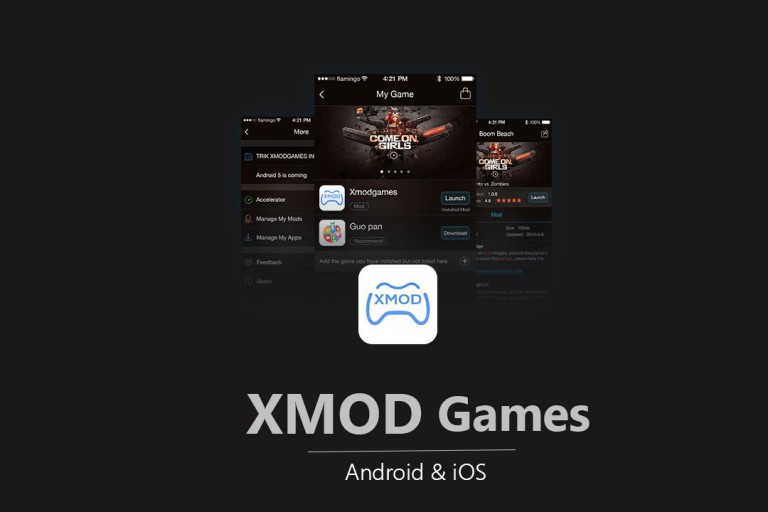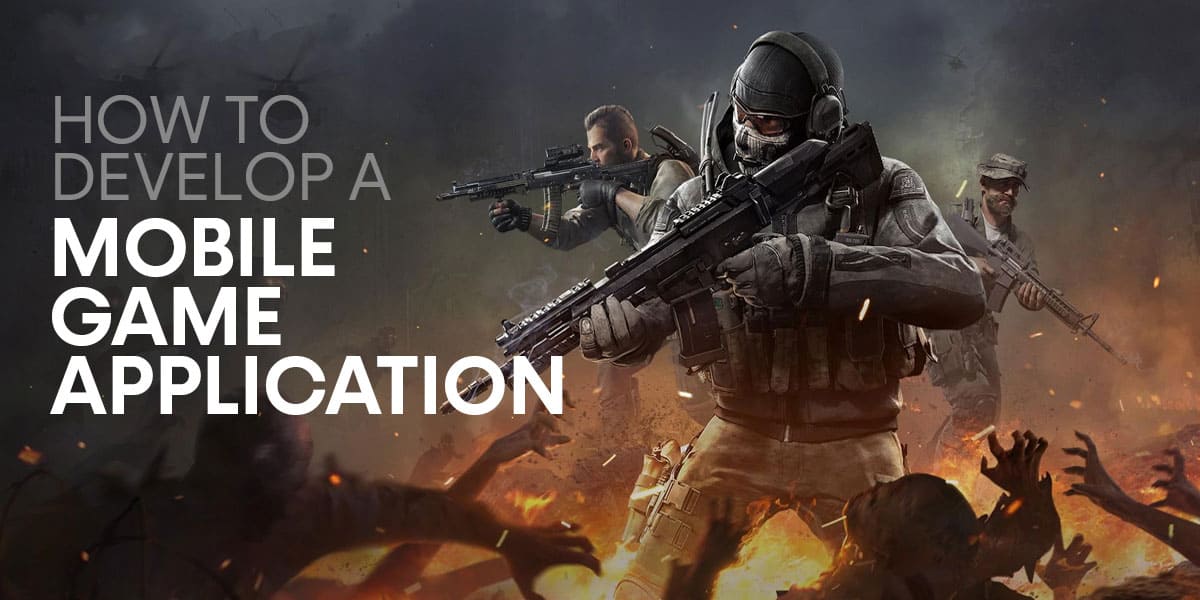
Building a successful, let alone award-winning mobile game, can seem like an incredibly challenging endeavour. As an app developer, you need to plan creative gameplay, incorporate unique graphics, and throw-in some engaging storyline in order for it to gain a huge following, and become a successful venture.
To accelerate this process, there are plenty of sophisticated techniques to optimize your application development life cycle (ADLC). An application development life cycle (ADLC) refers to the process of app development, from the initial release, up to post-release maintenance.
The application development life cycle starts with a viable idea. This is followed by wireframing which will help identify and anticipate possible problems that will arise in the future, then UI/UX design. After deciding what your mobile game will look like, you will then have to start developing the app, which afterwards will result in a limited beta release, perhaps a stable product ready for app store launch, up until the maintenance stage. These steps take a lot of time, patience, and resources.
Not having all the necessary skill sets, a unique and solid idea, a proper planning, a good amount of resources, and most especially a competent team may just result in a waste product rather than a viable business. However, in every application development life cycle (ADLC), there are many process to go through..
In this article, we will highlight all the other steps you need to do before starting the app development process. These steps are necessary for you to build a solid game plan, and make it a successful venture. Remember, there are millions of mobile games in every app store. A well-planned, well thought-off idea is enough to rise it up over a huge ocean of mobile game applications.
5 Steps to Develop a Mobile Game Application
1. Formulate Your Game Idea
Formulating your mobile game idea is one of the most challenging, yet critical steps to build a profitable application. To generate some ideas, take a look at some of the top-selling and trending apps on multiple marketplaces. In addition, attend mobile app hackathons, search for ideas on social media, and try to imagine what will be the “next big thing.” Perhaps you have a favorite game that you think failed in some aspects, and you have some solid idea to fix those shortfalls. It’s all up to you. Make it as unique as possible.
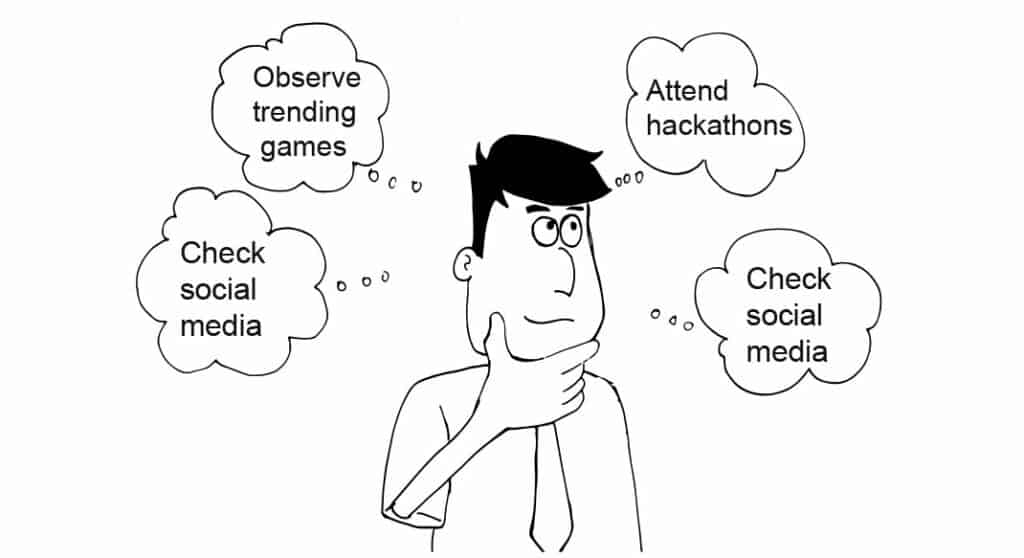
Once you have come up with a list of potential concepts, you should brainstorm with your “trusted” partners. It can either be your friends, family, and work colleagues. This way, you can thoroughly evaluate the profitability and industry viability of your prospective mobile app. Certainly, game idea formulation is an important first step to build a successful smartphone app. Anyway, I highlighted the word “trusted” as it is easy for anyone to just copy your ideas, and make it their own. Always secure your ideas.
2. Create A Winning Story

Next, every successful smartphone game needs a creative and unique storyline. Before you go any further with the story, decide on what type of game you are looking to build. For example, you may want to create an action-adventure, fantasy RPGs (role playing games), or a first-person shooter (FPS) game. Then, you can begin to develop your digital realm and brainstorm main characters.
Why do you think PlayerUnknown’s Battlegrounds (PUBG), Mobile Legends, and League of Legends: Wild Drift is so successful? What do they have in common, and which aspects do you think they failed? Or, let’s take another example, an even more simple game like Monument Valley. What is so unique and addicting about this game that it even got greenlit for a sequel called Alto’s Odyssey? What made these simple concepts very successful? Think about it. Look for winning concepts, and take inspiration from it.
Remember what Pablo Picasso said: “Good artists copy. Great artists steal.” This was also later quoted by many successful people including Steve Jobs and legendary filmmaker Quentin Tarantino. It means, make something your own, then make it great that people will think of it, rather than the original the moment they see it.
To help you organize all your information, you should create a visual flowchart of your overall storyline. At this point, take the time to add in some side missions and non-playable characters (NPCs). Surely, developing a brilliant story is a core step to build a profitable mobile game app from scratch.
3. Set Up Your Technical Tool Stack
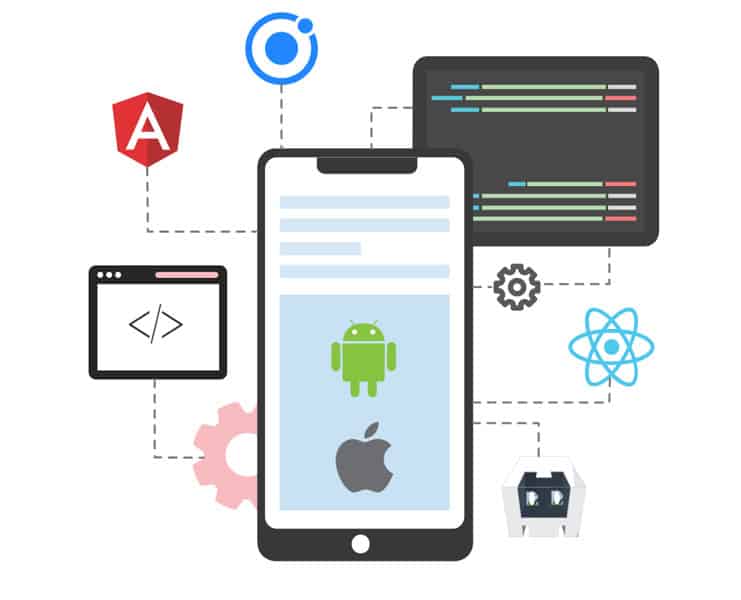
Now, it is time to set up your required technical tool stack. There are plenty of effective resources to help you design, develop, deploy, and maintain your smartphone game. For example, you should use a container registry by JFrog as a single access point to control and organize your Docker images. Using these systems, you can scan for vulnerabilities, control user access, and require image authentication.
In addition to a registry, you may want to look into specialized tools for mobile app testing, prototyping, and quality assurance (QA) evaluation. Absolutely, assembling your tech stack is critical for mobile game app success.
4. Plan Your Monetization Strategy
At this point, decide on the most appropriate way to monetize your smartphone mobile app. There are plenty of winning strategies to make your application profitable. For example, you can charge users for in-app purchases. At the same time, there are many popular games that earn the majority of their revenue through ads within the app.
You can additionally employ the premium version monetization strategy. Using this approach, you can offer players a free demo or trial, then require them to pay for further use. In many cases, this is referred to as the “freemium” monetization model. As video games have changed over the years, this is one of the most common techniques to leverage. Indeed, planning your monetization strategy is key to build a profitable mobile program.
5. Configure Your Design
Before you can deploy your mobile game, you will need to configure a stunning design to enchant your players. While designing your app, you will need to manage graphics, art, and character development. At the same time, you will need to take a look at the overall look of your game. This way, you can render an excellent user interface (UI) and user experience (UX) for all your online players.
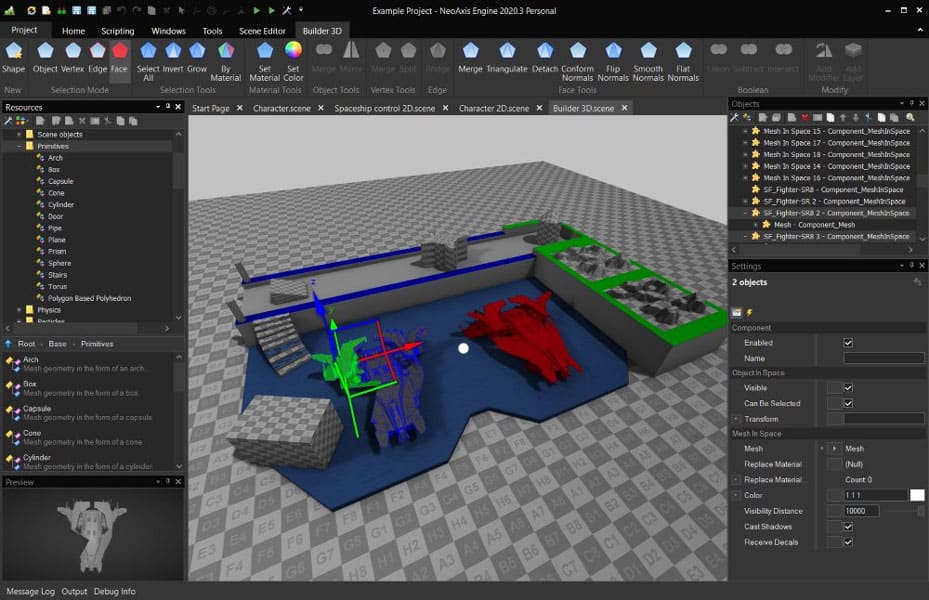
Of course, these techniques ensure that the graphics you design logically fit with your gameplay. Moreover, effectively planning your game design helps you guarantee that players’ screens never look cluttered with improper design elements. Indubitably, configuring your design is key to see mobile app programming success.
Conclusion
There are plenty of effective techniques to build a successful, award-winning smartphone game app for iOS and Android. Firstly, you will need to formulate an award-winning idea for your game. Next, focus on creating a unique, engaging story for your players. With your idea and storyline drafted, you can begin to set up your tech stack. At this point, begin planning on how you will monetize your mobile app. Moreover, you will need to take a thorough look at your game’s visual design. Follow the points highlighted above to learn about how to develop a successful mobile game application from scratch.

